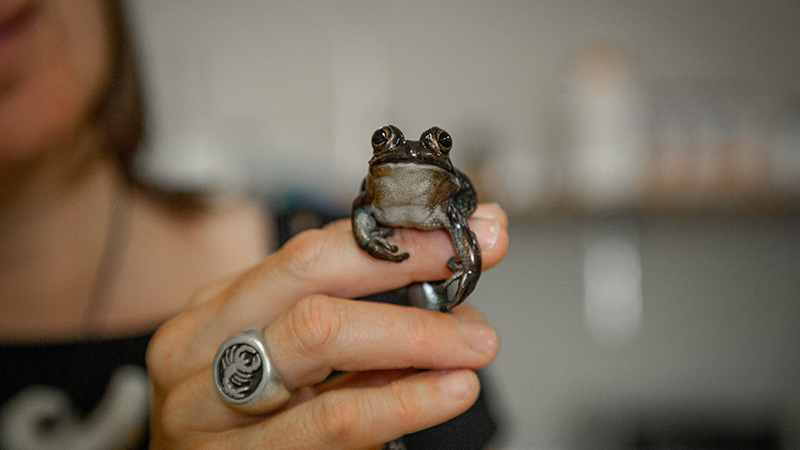Celebrating World Environment Day
Today is the United Nations’ World Environment Day. Celebrated in more than 100 countries, it promotes worldwide action to protect our environment. At UNSW Canberra, our environmental scientists work every day towards this goal.


